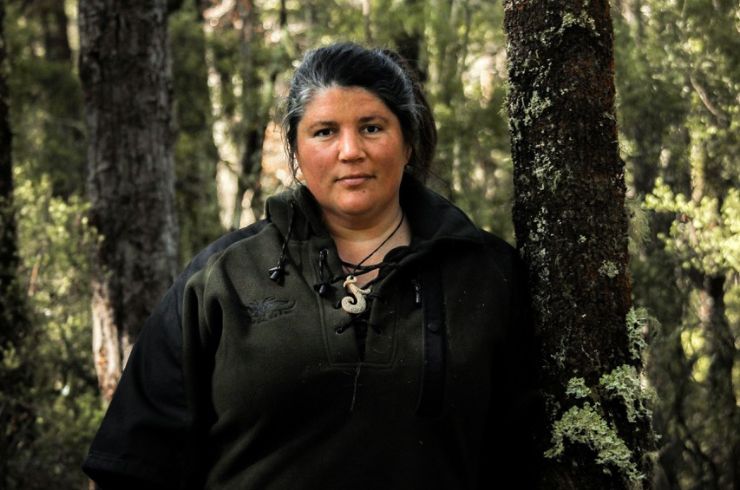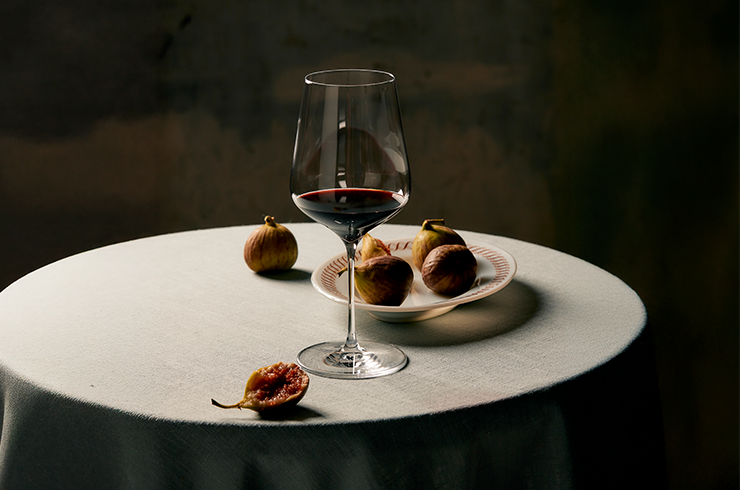The fortified wines from North East Victoria have no comparable wines anywhere else in the world. One area of competition comes from the Barossa, led by the unique 100 Year Old Seppeltsfield Para Liqueur, with a whole range of fortified wines following in behind it based on grenache, shiraz and mourvedre. The 100 Year Old, in particular, really defies comparison with any other fortified wine, so I’ll not follow that track further down the way except to point out the varietal base of the Barossa’s wines is totally different to those from North East Victoria.
In 1999, the Winemakers of Rutherglen were left with a difficult problem when Australia’s Wine Agreement with the European Union meant that muscat wines could continue to bear that name, because it is no more or less than the name of the grape variety, but they could not continue to use tokay. After extensive discussions, and with no great conviction, it was decided the word topaque would replace tokay, with a side option to use the varietal name muscadelle. Why have a simple solution when you can have a more complicated one?
The story gets better. These wines had really lived out their lives in a marketing backwater until it became obvious that it was essential the makers of muscat and topaque adopt a common set of rules for the four quality levels of these wines. At the bottom is the simple use of the term conveying the region and variety, but without anything more. The next level up the pyramid is Classic, signifying a wine older and more concentrated than the simple Rutherglen or Glenrowan version. The next step up marks a serious change into wines of exceptional complexity and layer-upon-layer flavours and aromas. These have the Grand label. Finally, produced annually in tiny quantities (in some instances no more than 200 bottles a year), comes the Rare category.
There are no hard rules about the age of each category because this is not necessarily a guarantee of quality or even style. Thus, it was left open to the winemakers to agree among themselves the use of the terms on a wine-by-wine basis, meeting to blind-taste the wines. Sometimes they would have outsiders present; I attended one such tasting some years ago.
There is one thing that needs to be said concerning price. If you were to set out to create a Rare category wine, the cost – in terms of both the simple outlay of money to grow the grapes, vinify the wines and procure the bottles, and the time-and-space expense of lengthy sojourns in barrel – would mean the prices to justify the accountants’ rules in such matters would be so great that the wines would not be made. Therefore, we are living with an inheritance of well over 100 years; everyone truly interested in wine should at least get to taste one of these marvellous wines, and preferably buy a bottle. The advantage is that the wines are perfectly stable by the time they go into the bottle, which means that once opened there is no hurry to drink the remainder. That said, leaving a half-drunk bottle on a sideboard somewhere for six months is not a good idea. If you want to conserve the wine, put it in your wine fridge.
Latest Articles
-
Wine Lists
The 50 most popular wines of 2025
just now -
From the tasting team
The vintage of the century: Katrina Butler on Bordeaux 2022
23 hours ago -
News
The heart of Aotearoa: How a connection to Māori culture and land shapes New Zealand wine
1 day ago -
Win
Win a stunning collection of Plumm glassware and wine, valued at over $500
11 Dec 2025



